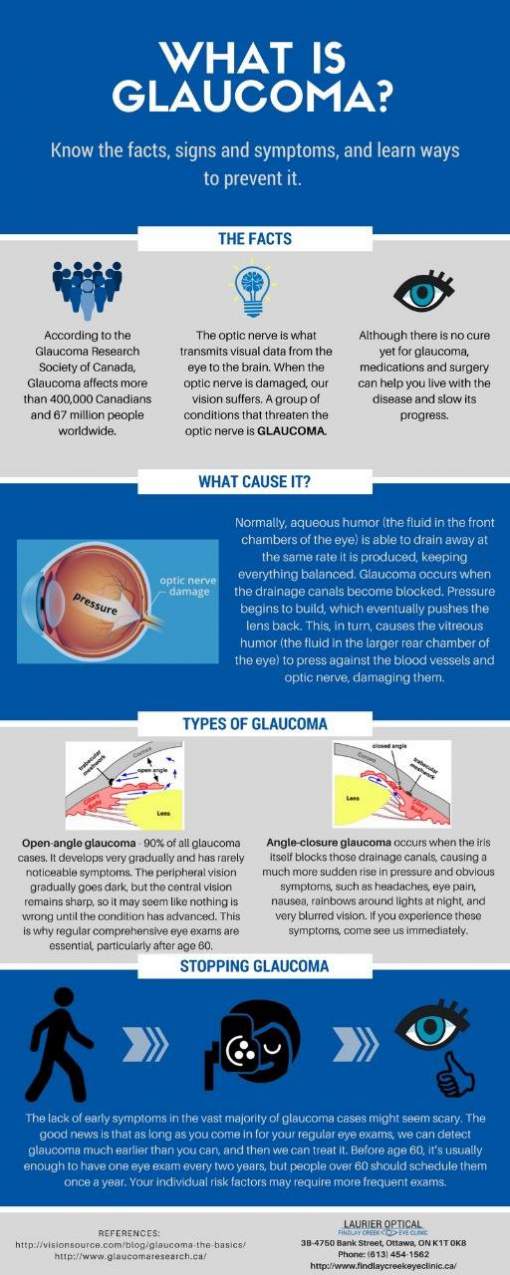The Evolution Of Advanced Cataract Surgery Techniques: An Extensive Review
The Evolution Of Advanced Cataract Surgery Techniques: An Extensive Review
Blog Article
hop over to these guys By-Gillespie Kearney
As you explore the advancement of innovative cataract surgical treatment strategies, you'll witness a trip marked by resourcefulness and accuracy. From old methodologies that paved the way for contemporary innovations to sophisticated modern technologies that are reinventing the field, the thorough summary of cataract surgery techniques is a testimony to human progress and dedication to improving person results. How Does LASIK Eye Surgery Work detailed interaction between historic strategies and futuristic advancements produces a fascinating narrative that clarifies the evolution of among one of the most usual procedures worldwide.
Historical Techniques and Technologies
Discover just how early specialists reinvented cataract therapy by utilizing innovative strategies and tools. In the past, cataract surgery was a risky and painful treatment. Nonetheless, ancient Indian medical professionals were among the first to try medical treatments for cataracts, using a technique called 'couching' where a sharp instrument was made use of to push the cataract back into the eye. This method, though crude by today's standards, prepared for future developments in cataract surgery.
As time advanced, Arab medical professionals made substantial contributions by establishing specialized needles for cataract removal. What Does LASIK Surgery Cost were used to penetrate the cataract and after that remove it from the eye, noting a substantial enhancement in surgical precision.
Later on, in the 18th century, the French doctor Jacques Daviel spearheaded the technique of extracapsular cataract extraction, where the whole lens was removed intact via a bigger laceration. This noted a major improvement in cataract surgical procedure methods, paving the way for the modern treatments we utilize today.
Modern Surgical Approaches
Early techniques in cataract surgical treatment have actually developed dramatically, causing the development of contemporary surgical approaches that focus on accuracy and enhanced client results. Modern cataract surgical procedure now typically entails a treatment called phacoemulsification, where an ultrasonic tool separate the cataract for removal through a little incision. This technique permits quicker healing and lowers the threat of issues contrasted to older techniques.
Additionally, making use of sophisticated intraocular lenses (IOLs) has changed cataract surgery end results. These lenses can remedy not only the cataract however additionally various other refractive errors like astigmatism, minimizing the demand for glasses post-surgery.
Surgeons today also have access to advanced imaging technologies that aid in accurate preoperative preparation and intraoperative decision-making. Optical coherence tomography (OCT) and other imaging methods supply thorough pictures of the eye's structures, allowing for a much more personalized strategy to each patient's surgical procedure. With these advancements, modern-day cataract surgery methods remain to enhance, supplying individuals much safer procedures and much better visual outcomes.
Emerging Technologies in Cataract Surgical Procedure
With developments in technology reinventing the field, cataract surgery is observing the combination of cutting-edge strategies for enhanced person end results. Arising innovations in cataract surgery are reshaping the landscape of ocular procedures. One such advancement is femtosecond laser modern technology, which permits accurate corneal lacerations, capsulotomies, and lens fragmentation, causing boosted medical precision and end results.
Furthermore, intraoperative aberrometry is getting popularity, enabling real-time dimensions of refractive errors throughout surgical procedure to boost intraocular lens power computations and decrease postoperative refractive surprises.
Moreover, the use of sophisticated imaging innovations like optical coherence tomography (OCT) and intraoperative wavefront aberrometry aids cosmetic surgeons in precise surgical planning and execution. These devices offer detailed physiological details and help tailor medical methods for every individual's special eye attributes.
In addition, developments in expert system are being discovered to help in preoperative preparation, intraoperative decision-making, and postoperative treatment, possibly maximizing medical results and client complete satisfaction. Embracing these arising technologies in cataract surgery holds promise for further improving patient outcomes and ensuring the continued advancement of ophthalmic medical methods.
Conclusion
As you trip through the history of cataract surgical treatment, you witness the makeover from old techniques to innovative technologies. Like a phoenix increasing from the ashes, cataract surgical procedure has actually evolved right into a beacon of hope and innovation.
Just as a caterpillar emerges from its cocoon as a stunning butterfly, cataract surgical treatment has blossomed right into a polished art type, offering patients more clear vision and a brighter future.
The development continues, shining a light on endless opportunities.
